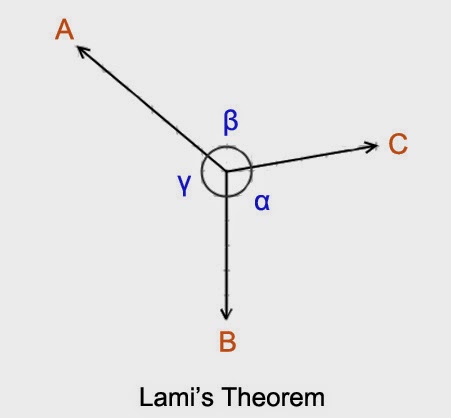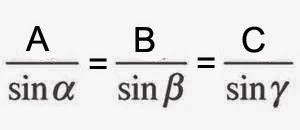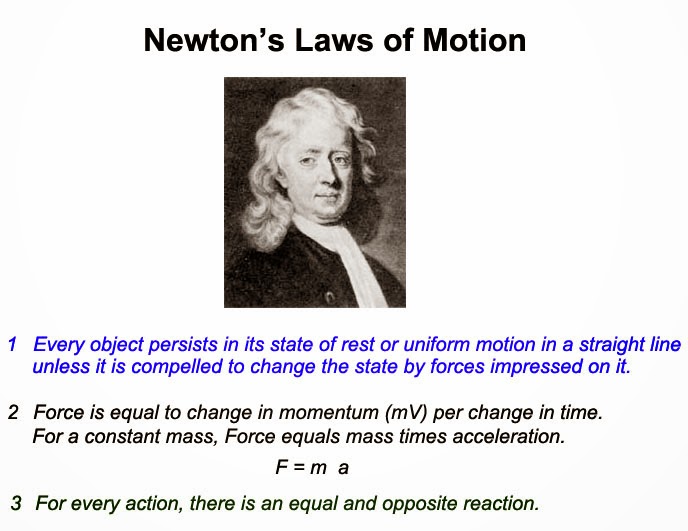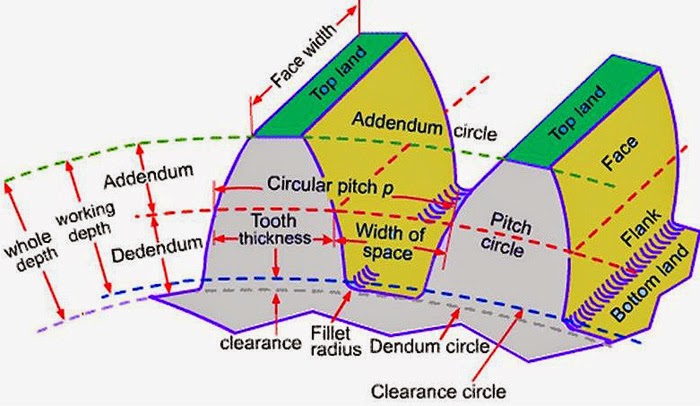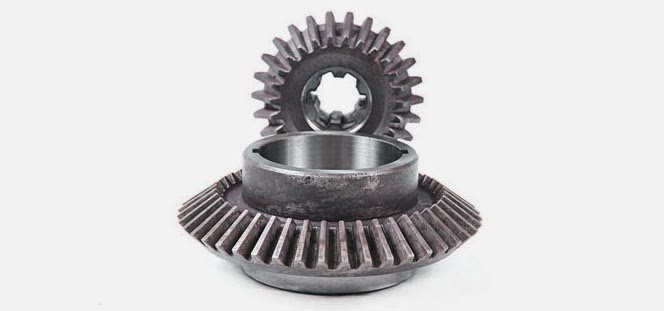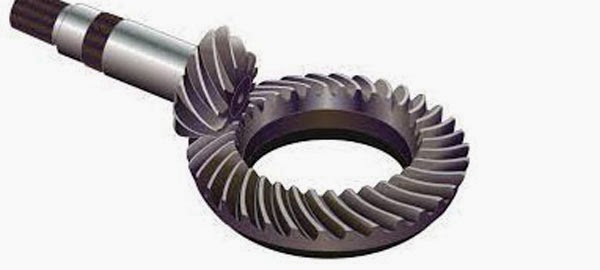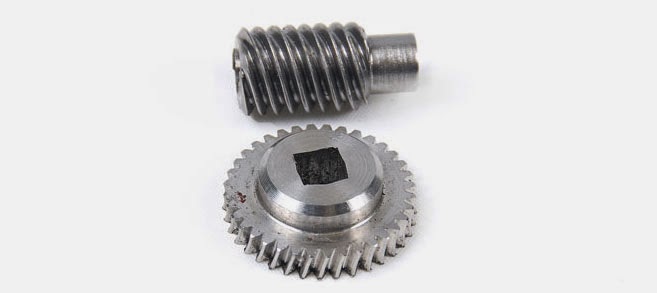Heat exchanger is a process equipment designed for the effective transfer of heat energy between two fluids. For the heat transfer to occur two fluids must be at different temperatures and they must come thermal contact. Heat exchange involve convection in each fluid and conduction through the separating wall. Heat can flow only from hotter to cooler fluids, as per the second law of thermodynamics.
Heat exchangers can be classified into four types, according to
1. Nature of heat exchange process:
- Direct contact heat exchanger: this is done by complete physical mixing of heat and mass transfer. Examples are water cooling towers and jet condensers in steam power plants.
- Regenerator: here hot and cold fluids flows alternately when hot fluid passes, the heat is transferred to the solid matrix and then stopped the flow of hot fluid, next cold fluid is passed on the matrix which takes heat from solid matrix. Examples are Open hearth and blast furnaces.
- Recuperator: the cold fluid flows simultaneously on either side of a separating wall. Examples are super heaters, condensers, economizers and air pre-heaters in steam power plants, automobile radiators.
2. Relative direction of motion of fluids:
According to flow of fluids, the Heat Exchangers are classified into three categories:
2.1 Parallel flow heat exchangers:
In parallel flow heat exchangers, both the tube side fluid and the shell side fluid flow in same direction. In this case, the two fluids enter the heat exchanger from the same end with a large temperature difference.
2.2 Counter flow heat exchangers:
In counter flow heat exchangers, the two fluids flow in opposite directions. Each of the fluids enter the heat exchanger from opposite ends. Because the cooler fluid exists the counter flow heat exchanger at the end where the hot fluid enters the heat exchanger, the cooler fluid will approach the inlet temperature of the hot fluid.
2.3 Cross flow heat exchangers:
In cross flow heat exchangers, one fluid flows through tubes and second fluid passes around the tubes perpendicularly.
3. Mechanical Design of Heat Exchanger Surface:
- Concentric tubes
- Shell and tube
- Multiple shell and tube passes
4. Physical state of heat exchanging:
- Condenser
- Evaporator
